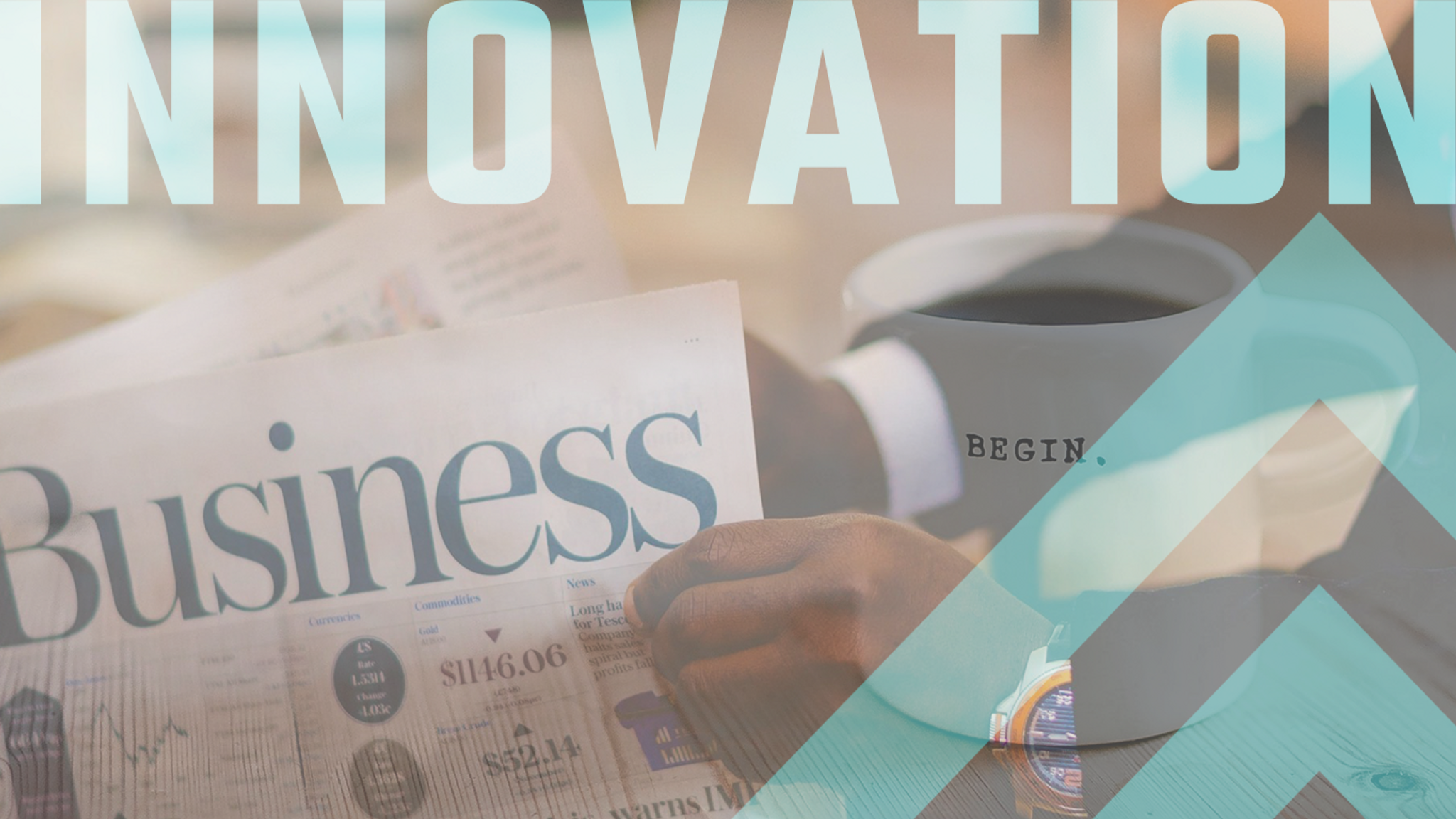FOOD INNOVATION: How to Build & Test Ideas in your Innovation Funnel
Anna Barlow
Published on

In our March Food Innovation workshops we spoke to food companies to uncover the biggest pains, challenges and opportunities they are facing to unlock growth. One pain that surfaced often was the difficulty companies have in quickly building and testing core business innovation ideas, without burning precious resources or lots of cash.
Several large Fast-Moving Consumer Goods (FMCG) companies we have spoken to are generating lots of ideas, but really struggling to engage consumers to help them efficiently develop, screen them and optimise these ideas.
Most companies have an internal process of screening ideas around what they think will appeal to consumers. The shortlist is then passed on for the R&D team to bring to life. The issue is, how do we really know these are the best concepts? If it is close to best, what are the guidelines for R&D – what brand works best, flavours, pack types, price point and product claims? Who really is the target consumer? In the wise words of Eric Ries, author of The Lean Startup, the big question of our time is not “Can it be built?" but "Should it be built?”.
One way to answer this is to conduct time consuming and costly qualitative research, using 100s of original concepts and prototypes. Sometimes, the risk and reward equation warrants this – if we are looking at high potential, high growth opportunities. But even then, many smaller companies don’t have the resources to do this.
And here lies the challenge: How do we quickly and cost effectively de-risk our innovation funnel and prioritise what to do first and where to spend precious capital?
One Solution: Digital Minimal Viable Products (Digital MVPs)
Let’s take a look at an example: imagine that your company held a hackathon based around the challenge statement “How can we help consumers to snack healthily in the afternoon?”. The hackathon has generated approximately 100 ideas.
When shortlisting the most compelling ideas, companies usually collate the ideas into themes. This might emerge with 20 or so themes that are crafted into concepts. Companies then will typically conduct qualitative consumer research, using focus groups of approximately 10-12 people per session. Consumers are asked to give a view of their intent to purchase each product, what they like/dislike about its attributes and provide suggestions for improvement.
Conducting this with 20 or so ideas will be costly and time consuming, unless you are lucky enough to have access to a large panel of engaged consumers and can do this online. The other challenge with focus groups, is that you are hearing only what people rationally think of first, rather than observing actual behaviour. Often the “what” people say and what they “do” don’t match up!
What if you could test all 20 themes by running a series of digital experiments? What if instead of reaching 50 consumers you could reach thousands? What if you could employ experimental design to also test things like brand, flavours, pack types, price point, product claims, taking the number of ideas to 100 (or more), within the same test? What if this showed who your most engaged consumers were and you could measure their actual purchase behaviour? All this for approximately the same cost (or cheaper) and within half the time it usually takes to conduct focus groups.
This is where growth hacking comes in. According to Theodore Moulos “growth hacking” is the mindset behind finding clever, original or inventive ways in order to plant growth on a product or service, through the use of data, technology and sometimes a system’s weakness exploitation”.
Growth hacking experiments could be used for testing all 100 ideas as digital MVPs, quickly refine the funnel and find the optimum mix of features. It’s a bit like running focus groups on steroids. The experiments provide quantitative data at an earlier stage in the process and help to narrow down what physical products to build in the lab or kitchen.
Digital MVPs can also be tested in product/technology groups based on your early stage technical feasibility assessments. The results can be used to help your engineering teams build technology, then manufacturing roadmaps.
Growth hacking is just one example of the many ways a structured innovation process can speed up an organisation's innovation funnel and enhance a company’s growth.
At Startupbootcamp we teach growth hacking to the next generation of innovators, marketers and entrepreneurs through The Talent Institute (TTI), we implement it with our corporate clients, and we live it through our startup accelerator programs. If you are interested in finding out more about how you can apply growth hacking to your corporate innovation program please reach out to us.
Written in collaboration with Linda Gravina, Consumer Science Consultant Bite Food Innovation Lab.
